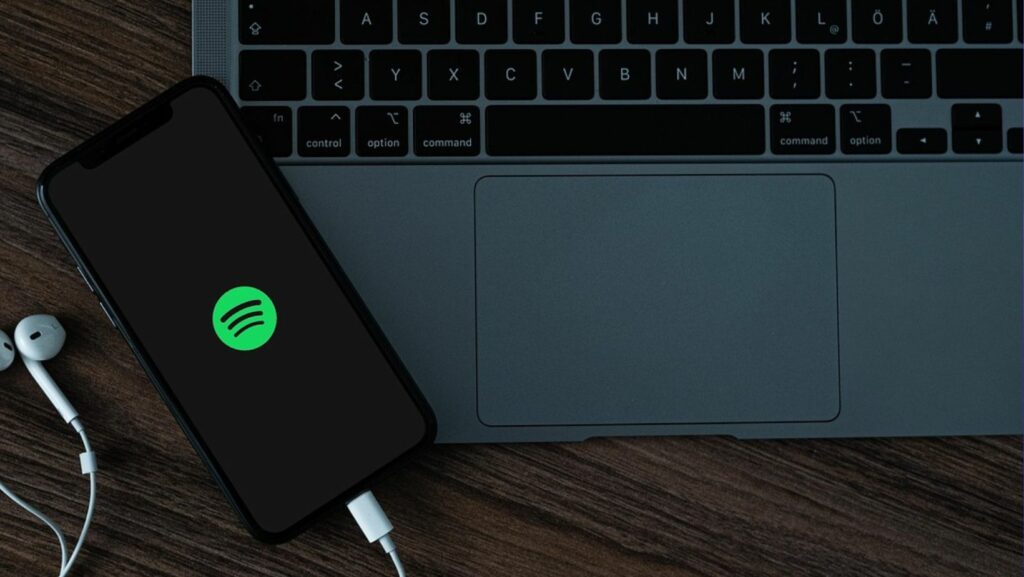In the fast-paced world of music streaming, Spotify reigns supreme, offering users an endless library of tunes to suit every mood. But what happens when a beloved playlist suddenly vanishes? Whether it’s an accidental deletion or a mysterious disappearance, losing a carefully curated playlist can feel like a personal tragedy. Fortunately, Spotify’s got your back with a little-known feature that can restore those lost collections.
For music lovers who pour their heart and soul into crafting the perfect playlist, knowing how to recover deleted Spotify playlists is essential. With just a few clicks, users can resurrect their favorite tracks and relive those memorable moments. This guide will walk through the steps to recover lost playlists, ensuring that cherished soundtracks are never more than a moment away.
Understanding Spotify Playlist Recovery
 Spotify offers a playlist recovery feature for users who mistakenly delete their playlists. This feature is accessible through the Spotify web interface, not the mobile app. Users can restore deleted playlists within a 90-day window, ensuring a reasonable timeframe for retrieval.
Spotify offers a playlist recovery feature for users who mistakenly delete their playlists. This feature is accessible through the Spotify web interface, not the mobile app. Users can restore deleted playlists within a 90-day window, ensuring a reasonable timeframe for retrieval.
Access the playlist recovery by logging into the Spotify account on a web browser. Navigate to the “Account Overview” section, then select “Recover Playlists” from the left sidebar. A list of deleted playlists appears, complete with the deletion date, helping users identify the correct playlist for recovery.
Restoring a playlist is straightforward. Select the playlist and click “Restore” to reinstate it into the account. The playlist reappears in the user’s library, complete with the original track order, maintaining the integrity of the curated collection.
Recover Deleted Spotify Playlists
Spotify users can restore deleted playlists using a straightforward process on the web interface. Following a few simple steps ensures that the playlists are back in the library swiftly.
Accessing Your Account
 Users start by logging into their Spotify account on a web browser. It’s essential to use a desktop rather than a mobile device for this process. Once logged in, they proceed to the “Account Overview.”
Users start by logging into their Spotify account on a web browser. It’s essential to use a desktop rather than a mobile device for this process. Once logged in, they proceed to the “Account Overview.”
After accessing the “Account Overview,” users find the “Recover Playlists” option in the left sidebar. This navigates them to a dedicated page where deleted playlists appear.
Selecting the Playlist to Recover
On the “Recover Playlists” page, users see a list of deleted playlists, each with its deletion date. By identifying the desired playlist, they click “Restore” next to it. The playlist then reappears in their library, retaining the original track order.
Troubleshooting Common Issues
Sometimes users encounter difficulties when attempting to recover deleted Spotify playlists. Addressing these common issues helps ensure a smooth recovery process.
Issues with Login Credentials
Login problems can prevent access to playlist recovery. Users often face trouble if login credentials are incorrect or forgotten. It’s important to verify the email and password before attempting to log in. If issues persist, users can reset their password through Spotify’s “Forgot Password” option found on the login page. Following the steps in the reset email helps regain access quickly. It’s also useful to confirm that the correct account, particularly if multiple accounts exist, is being accessed.
Playlists Not Showing Up
 Users might not see their deleted playlists in the recovery section. If this happens, it’s crucial to verify that the 90-day recovery window hasn’t expired, as playlists become irretrievable afterward. Users should also ensure they’re checking the right account, as playlists are tied to individual accounts. If a playlist still doesn’t appear, logging out and back into the account might refresh the display. Additionally, clearing the browser’s cache could resolve visibility issues by removing outdated data.
Users might not see their deleted playlists in the recovery section. If this happens, it’s crucial to verify that the 90-day recovery window hasn’t expired, as playlists become irretrievable afterward. Users should also ensure they’re checking the right account, as playlists are tied to individual accounts. If a playlist still doesn’t appear, logging out and back into the account might refresh the display. Additionally, clearing the browser’s cache could resolve visibility issues by removing outdated data.
Alternative Solutions
While Spotify’s playlist recovery feature is a lifesaver, users may also consider other options for safeguarding their music collections. Regularly backing up playlists using third-party apps or exporting them to external services can provide peace of mind. Additionally, creating collaborative playlists with friends or family members ensures that a shared version remains accessible even if one account encounters issues. Exploring these alternatives can help music enthusiasts maintain their playlists with minimal disruption, allowing them to enjoy their favorite tunes without worry.

